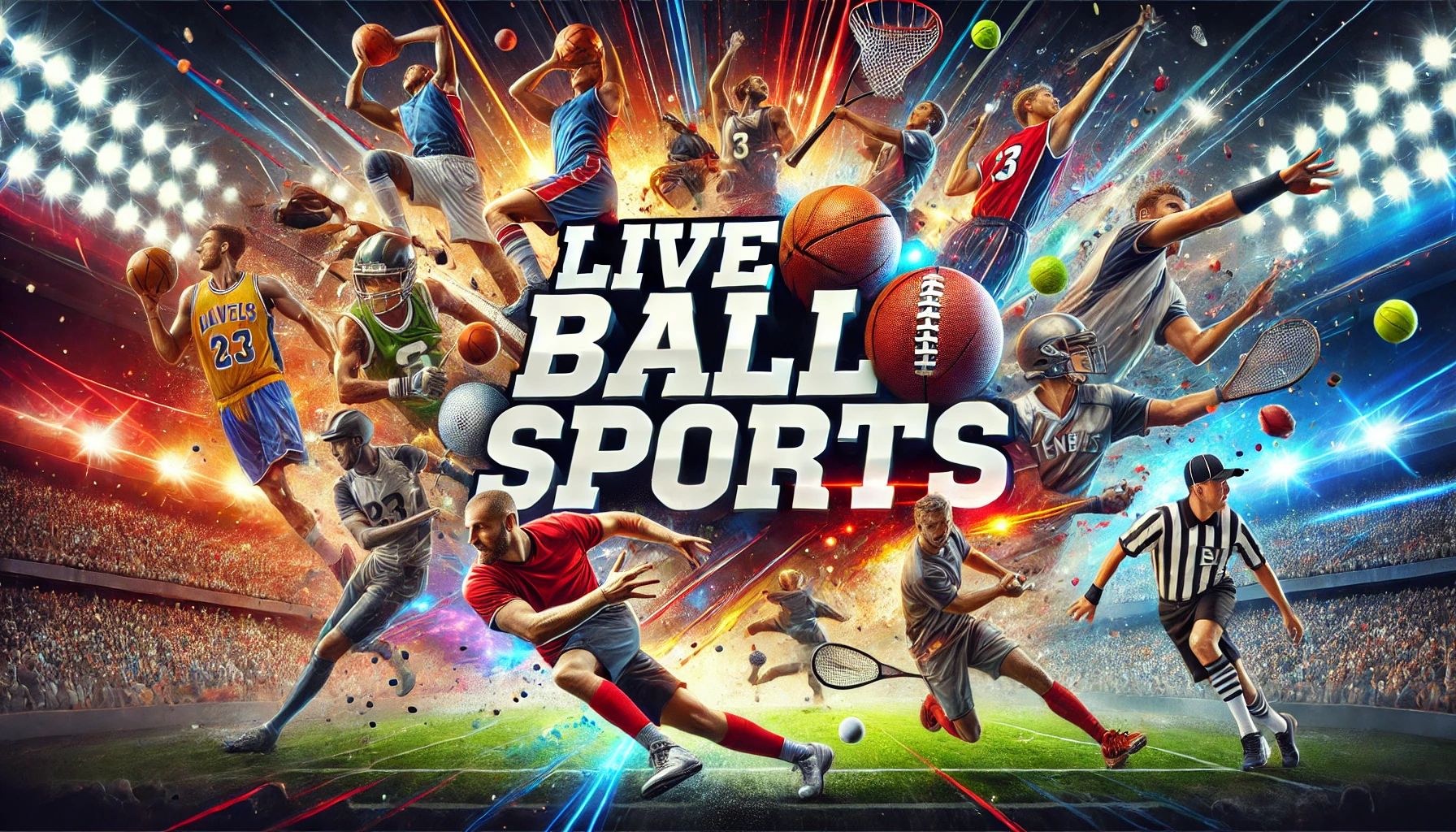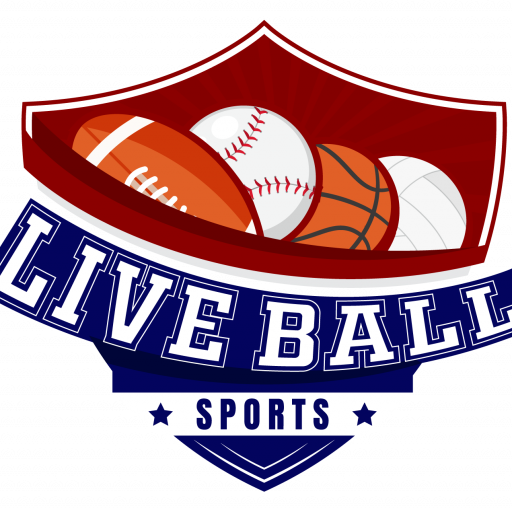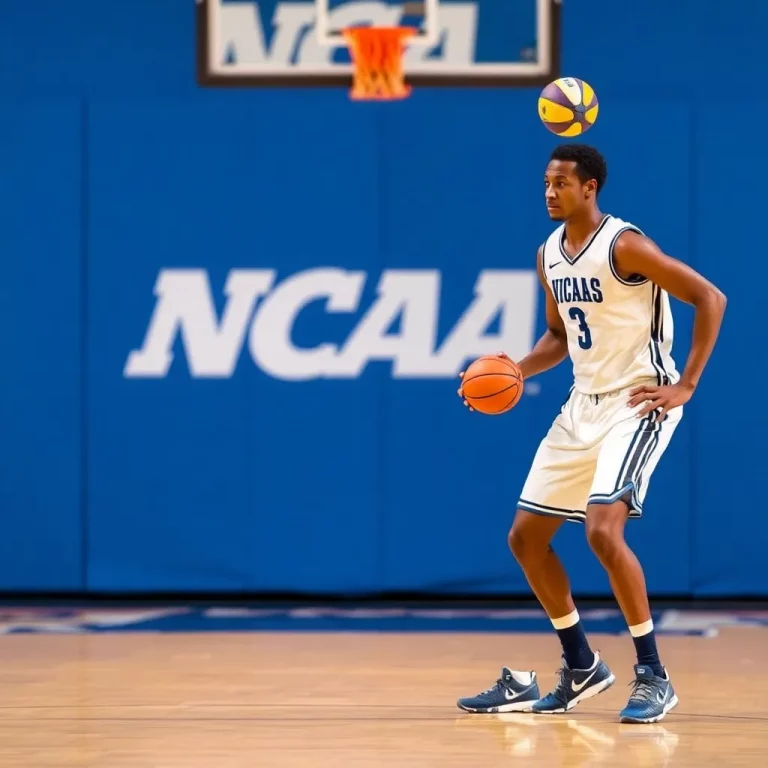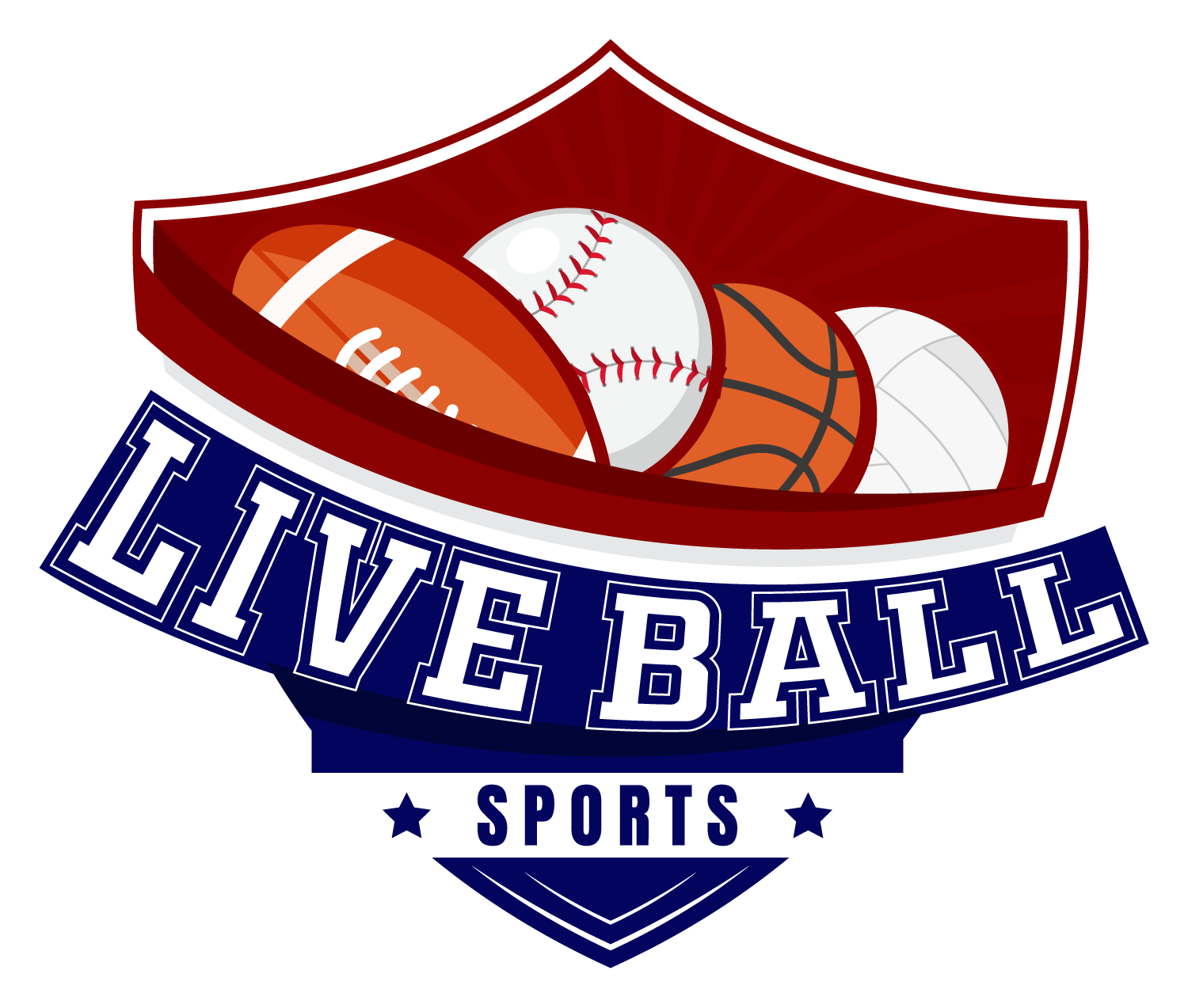NCAA Settlement Could Change the Future of Collegiate Sports
AUSTIN, Texas – A landmark settlement between the NCAA and former collegiate athletes could reshape the future of collegiate sports. Currently pending approval, the settlement offers $2.8 billion in compensation to former athletes and establishes groundbreaking guidelines for how universities can pay their players.
This settlement arises from a lawsuit led by Grant House, a former swimmer from Arizona State University. He, along with several other former athletes, challenged the NCAA over its restrictions on revenue sharing and Name, Image, and Likeness (NIL) deals. The NCAA ultimately agreed to settle, recognizing the need for changes in how collegiate athletes are compensated.
The proposed settlement not only includes financial compensation but also sets new rules that would allow universities to pay athletes directly for the first time. Experts suggest that with these new payment avenues, student-athletes could earn a percentage of revenue similar to their professional counterparts in leagues like the NFL and NBA.
Trey Dolezal, a sports law expert, believes the chances of the settlement being approved are high, but he acknowledges that there are many details that still need to be worked out. “It’s going to take time to make sure everything is aligned correctly for the benefit of the players and the universities,” he explained.
One significant aspect of the settlement is the introduction of salary caps for university payments to student-athletes. This aims to maintain fairness across schools and prevent wealthier universities from dominating the talent pool. Proposals suggest that Division I schools could have a budget of up to $20.5 million for athlete compensation in the first year after the settlement.
Also, financial analysts have projected a dramatic growth in NIL revenue over the next decade, estimating that by the 2034-35 season, average payments to college athletes could climb to $32.9 million per school. This potential increase may influence many athletes’ decisions regarding whether to pursue professional careers or stay in college for additional playing time.
The final hearing regarding this settlement took place on April 7, and if approved, the new guidelines could be implemented as early as July 1. If the court rejects the settlement, the case could escalate to an actual trial, further prolonging the wait for a decision that many believe is long overdue in the realm of collegiate sports.



